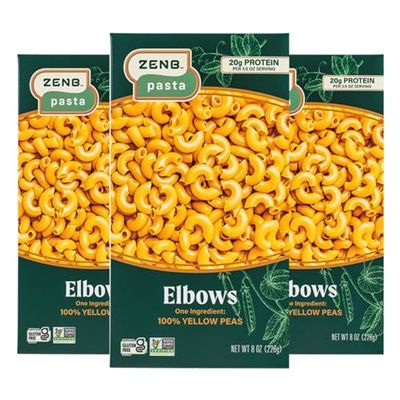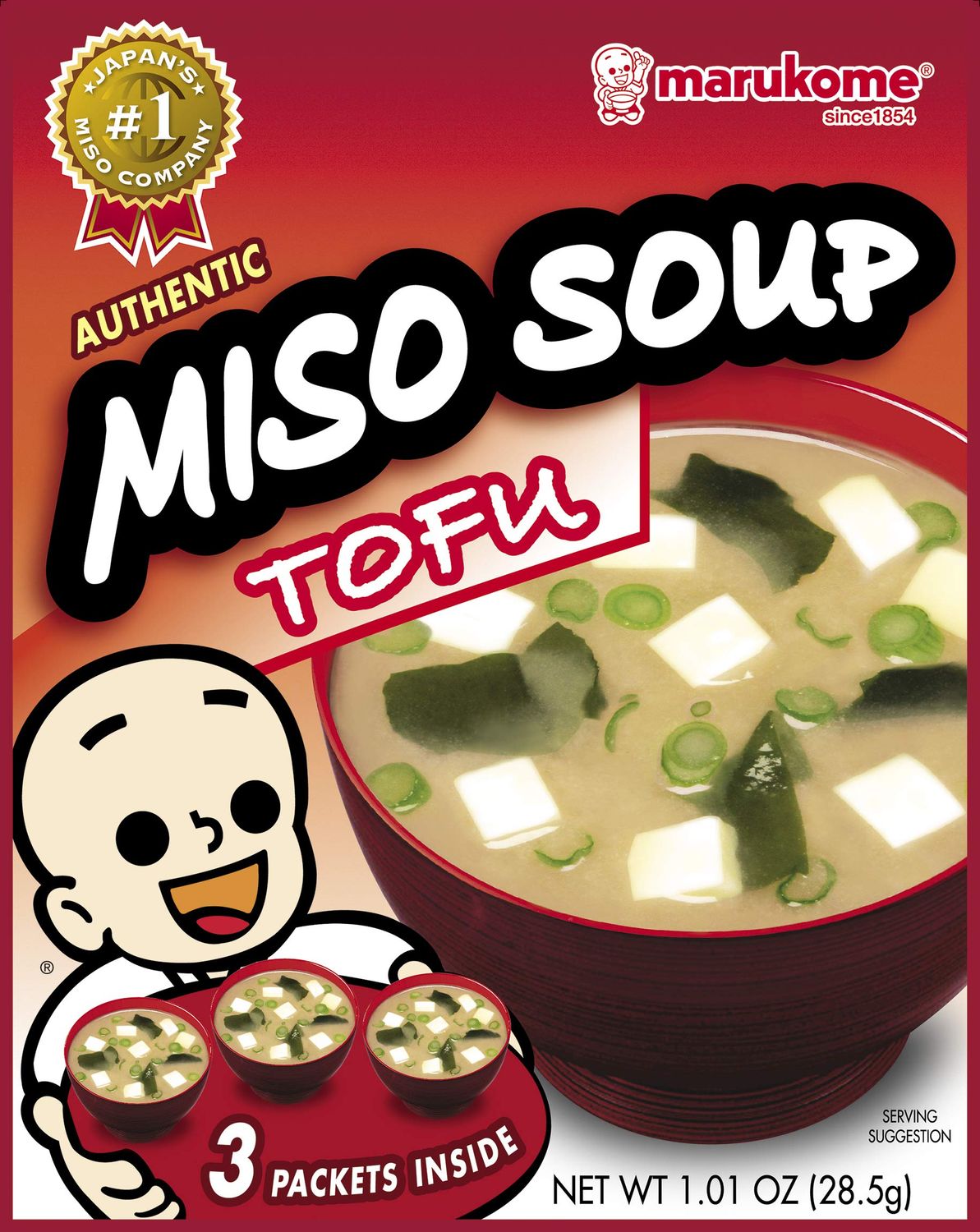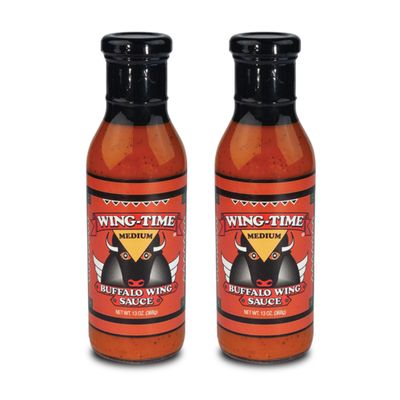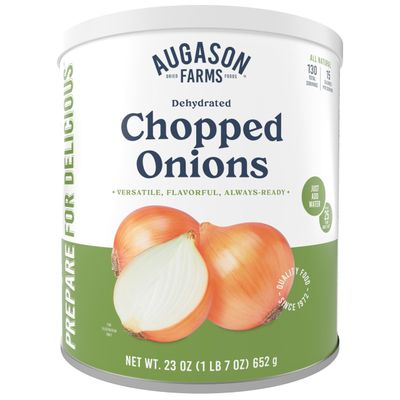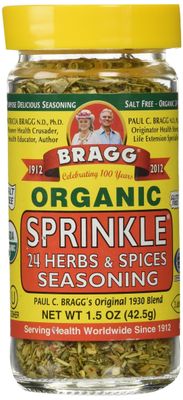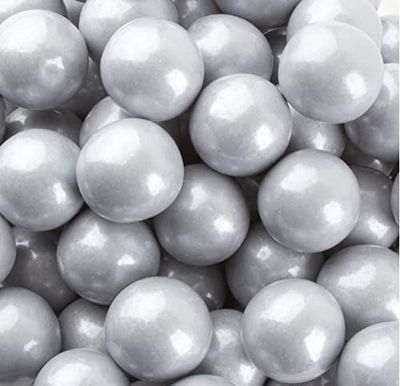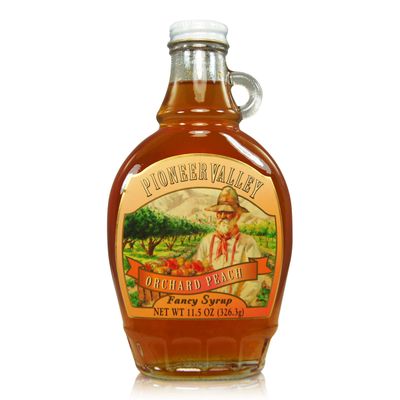Marukome Miso Instant Tofu, 1.01 Ounce(Pack of 12)
Description
Just add hot water, you can make special miso soup. This product is original taste as japanes miso soup and cntains tofu as a topping. Misos origins can be traced to China as far back as the 4th century BC. The written word Miso first appeared around 800 BC. In Japan, it is said that Miso was introduced in the 7th century by Buddhist monks. The process of making Miso was gradually refined and it became a vital part of the samurai diet. It was in the 17th century that industrial production of Miso first began. High in protein and rich in vitamins and minerals, Miso played an important nutritional role in feudal Japan. Miso is still widely used in Japan, both in traditional and modern cooking, but it has been gaining worldwide interest, as well. Marukome Co. manufactures approximately 100,000 tons of Miso annually, making it Japan's largest producer. It means Marukome is the Number 1 miso company in the world. Miso and easy-"Organic," is using organic dashi and Miso. It contains Vitamins, Magnesium, Protein, Sodium, Carbohydrate, Iron, and minerals. Made from fermented soybeans, rice, and koji. Miso is a thick paste-like substance.Also miso paste as known as "Soy bean paste". It is brown in color and tastes pleasantly salty, tangy, and savory on its own. Also you can feel Umami in miso taste. Miso has a surprisingly low salt contents. While the most common use of Miso is in Japanese-style Miso soup. Japanese usually make miso soup with wakame kelp, tofu, and green onion. You can make your original miso soup easily using miso and easy and your favorite toppings like cheese, tomato, corn, popcorn, or batter.
Features
- Tofu flavor
- 3 packets
- Instant soup
- Made in Japan





